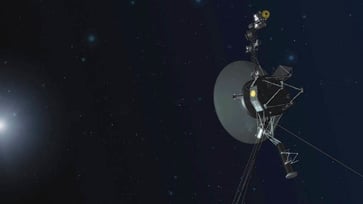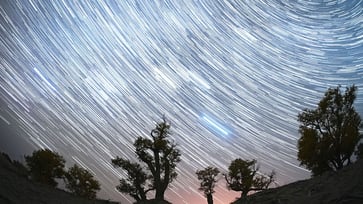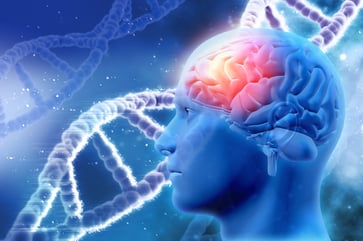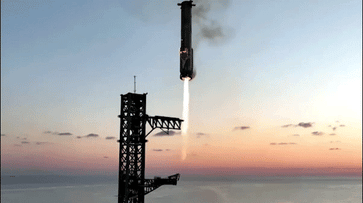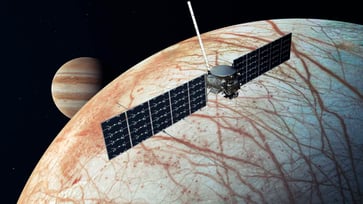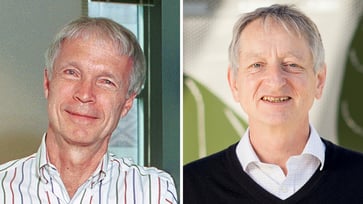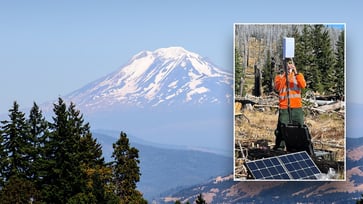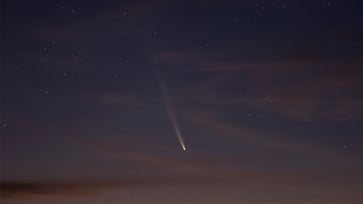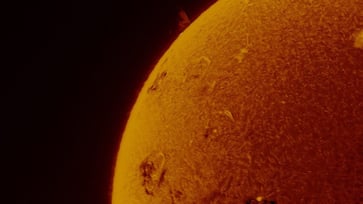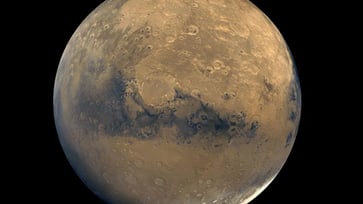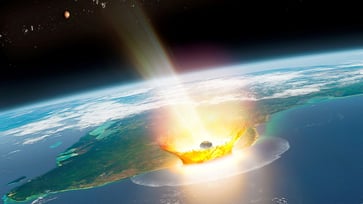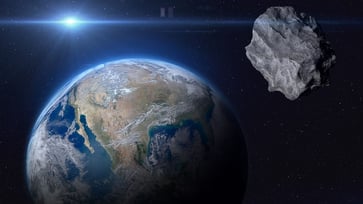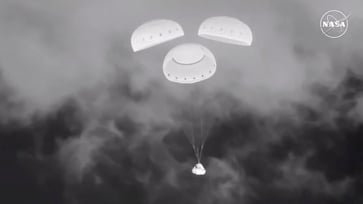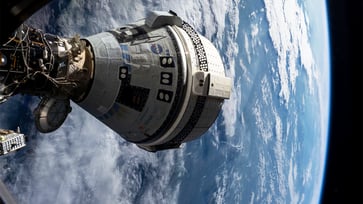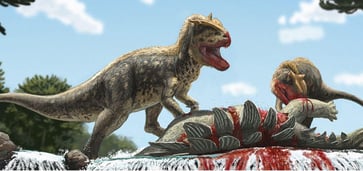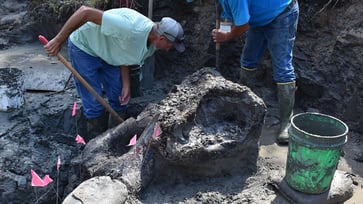An Italian philosopher who revolutionized our perception of the cosmos is Galileo Galilei.
One of the greatest scientists in history is Galileo Galilei.
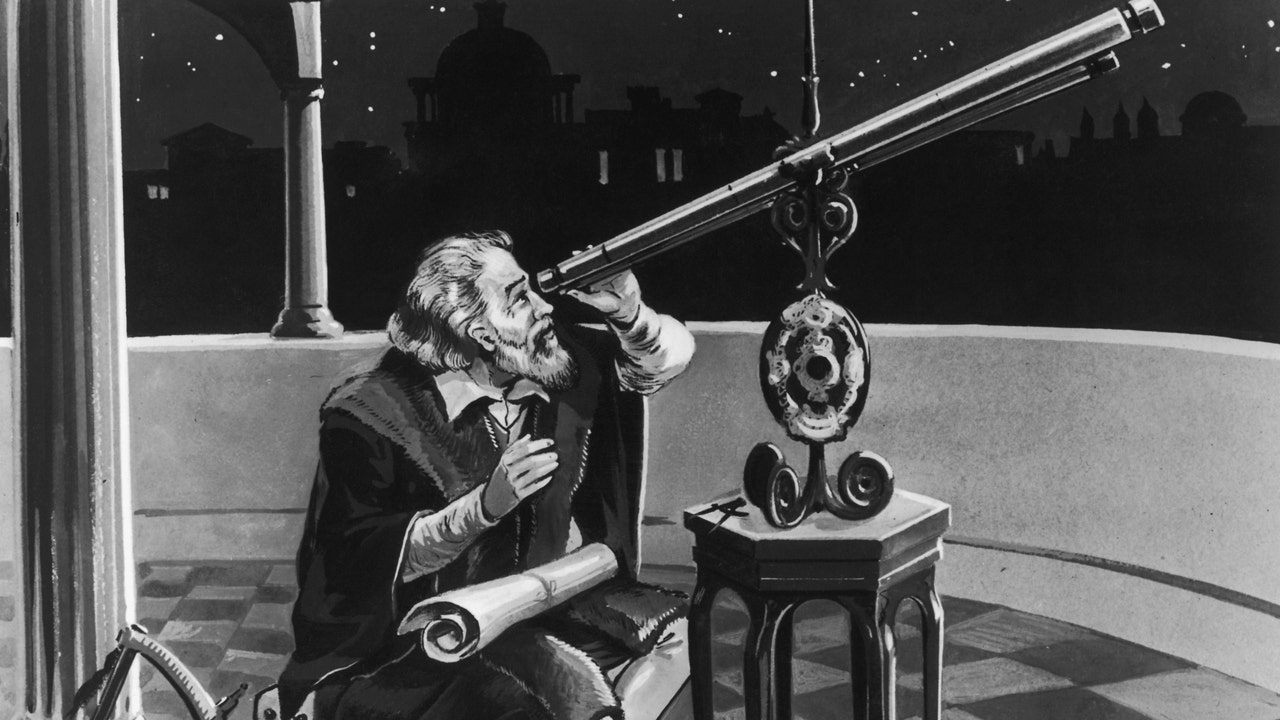
An Italian philosopher, Galileo Galilei, is renowned for his groundbreaking contributions to astronomy that transformed our perception of the cosmos.
The Stanford Encyclopedia of Philosophy states that Galileo Galilei (1564–1642) has always been a crucial figure in any history of science and many histories of philosophy. He is widely regarded as the central figure of the Scientific Revolution of the seventeenth century.
During the Renaissance era, Galileo, born in Pisa, Italy on Feb. 15, 1564, became a leading figure in scientific inquiry due to his unyielding thirst for knowledge.
In Renaissance Italy, at the University of Pisa, Galileo initially pursued a career in medicine but later discovered his passion for mathematics and natural philosophy.
Due to financial constraints, he left the University of Pisa without completing his degree, says History.com. His need for learning led him to explore diverse fields, including physics, engineering, and astronomy.

Galileo continued his self-directed studies and expanded his knowledge in various fields.
Although Galileo encountered financial difficulties, his dedication to acquiring knowledge and love for science paved the way for his future accomplishments.
In 1609, Galileo constructed his first telescope and made a series of astonishing discoveries that forever altered our perception of the universe.
On January 7, 1610, Galileo discovered Jupiter's moons, marking the first observation of this planet.
He used his telescope to observe four of Jupiter's orbiting moons, examine Saturn, observe the phases of Venus, and scrutinize sunspots on the sun. The four moons, including Jupiter's largest satellites, are Europa, Ganymede, Callisto, and Lo.
According to The Library of Congress, Galileo observed sunspots and discovered that the sun rotates. Later, Francesco Sizzi found that the sunspots change over time.
The Holy Office summoned Galileo to answer charges related to his support for the Copernican theory and his conviction that the Earth revolves around the sun, which the Catholic Church deemed heretical.
This was the second time Galileo challenged the Church's belief that the Earth was the fixed center of the universe.

In 1616, Galileo was prohibited from expressing his beliefs. During his 1633 interrogation, he denied having a firm conviction about the Copernican view but continued to discuss and present evidence on the topic as a means of dialogue rather than conviction.
Despite facing opposition, Galileo persisted in his exploration of the cosmos and released "Dialogue Concerning the Two Chief World Systems" in 1632. The publication supported the heliocentric model and sparked the ire of religious officials.
In 1633, Galileo was tried for heresy by the Inquisition and sentenced to house arrest by Pope Urban VIII for the rest of his life, according to History.com.

Galileo's groundbreaking work in physics, mathematics, and astronomy has reverberated throughout history, cementing his status as one of the greatest minds of all time. Despite being nearly 70 at the time of his trial, Galileo spent his final nine years under house arrest, penning a summary of his early experiments.
In 2018, researchers in the U.K. discovered a previously unknown letter written by Galileo that reveals he used a bit of subterfuge to evade the Inquisition's scrutiny.
In 1613, Galileo wrote to a friend that he believed the Earth revolved around the sun, not the other way around. He later asked for the original letter back so he could modify it after a friar forwarded it to the Inquisition.
According to History.com, on January 8, 1642, in Arcetri near Florence, Italy, at the age of 77, he passed away after experiencing heart palpitations and a fever.
As we contemplate the stars, let us recall the individual whose commitment to accuracy transformed the trajectory of scientific inquiries for generations.
science
You might also like
- Lunar modules from the first two moon landings have been captured in stunning detail by Orbiter photos, more than 50 years after the historic missions.
- Discovery of a remarkable mastodon jaw in a New York homeowner's backyard
- NASA resumes communication with Interstellar Voyager 1 after pause.
- In 2055, the asteroid that was once referred to as Earth's "mini moon" will make a return visit.
- A new species of sea slug that resides in the ocean's 'midnight zone' has been discovered with a glowing appearance.
